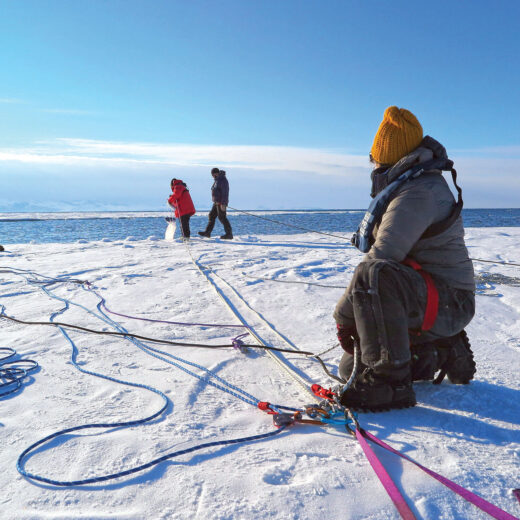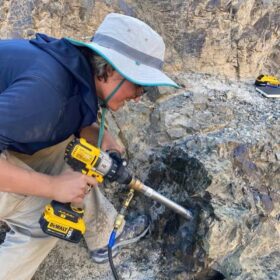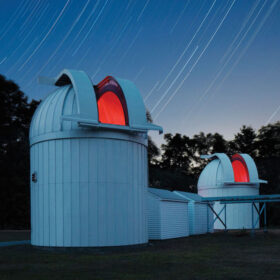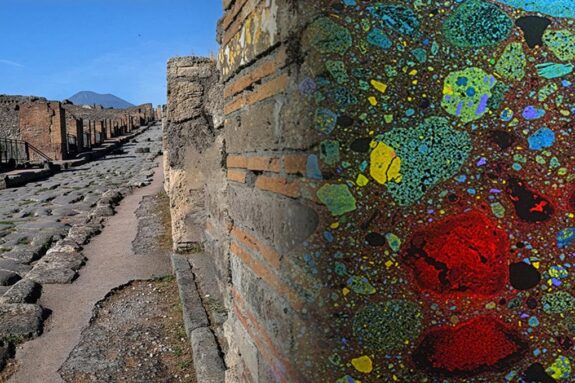Research

We’re Curious.
At MIT’s Department of Earth, Atmospheric and Planetary Sciences (EAPS), we are driven to answer profound questions about the natural world—and our place in it.
Our faculty, researchers, and students conduct discovery-driven research, with broad-reaching implications. Whether studying the climate system or environmental disruptions, natural resources or natural hazards, the origins of the solar system or the tantalizing prospect of finding life beyond Earth, our interdisciplinary approach forms the core of our work, providing vital data and context for innovators and decision makers taking on humanity’s biggest challenges.






